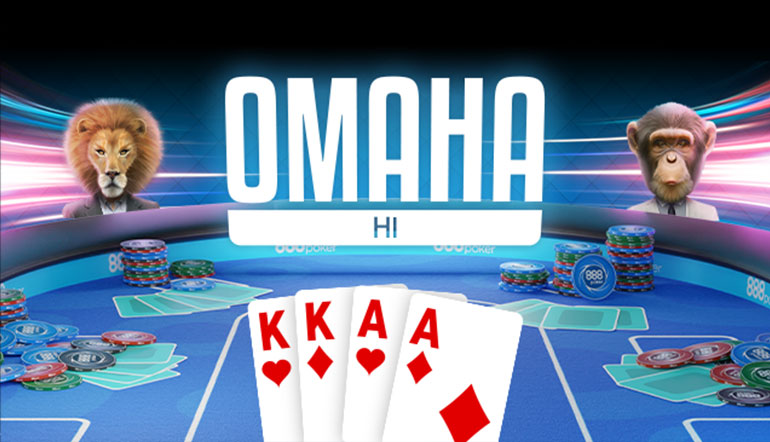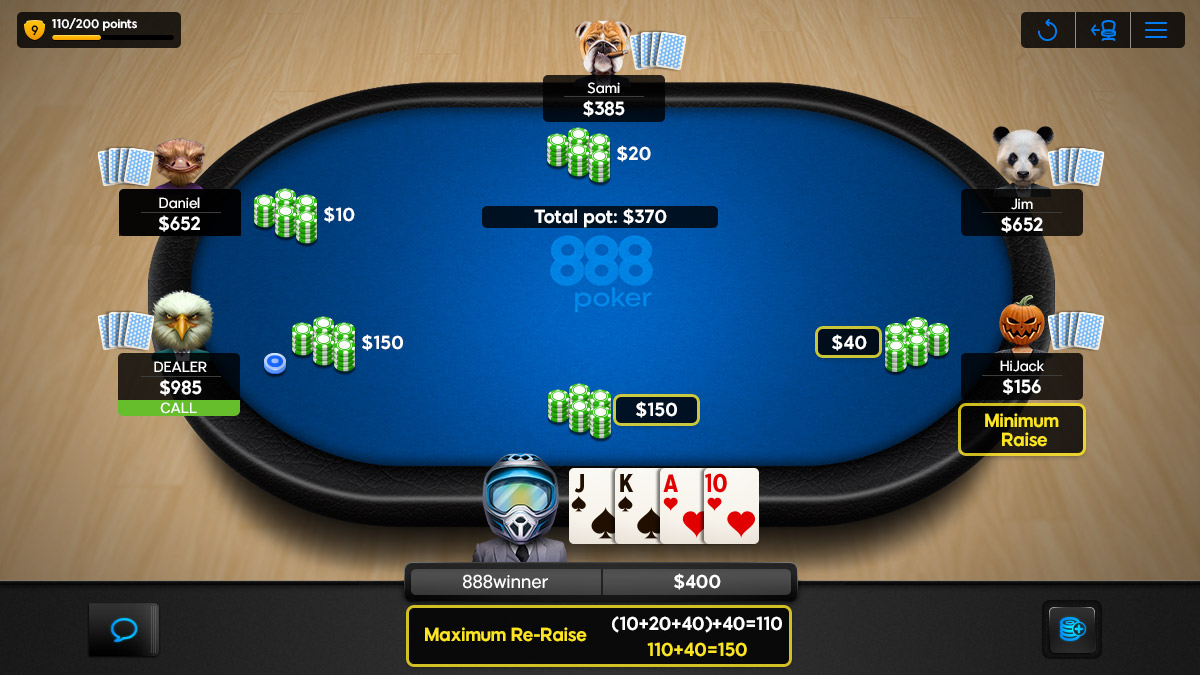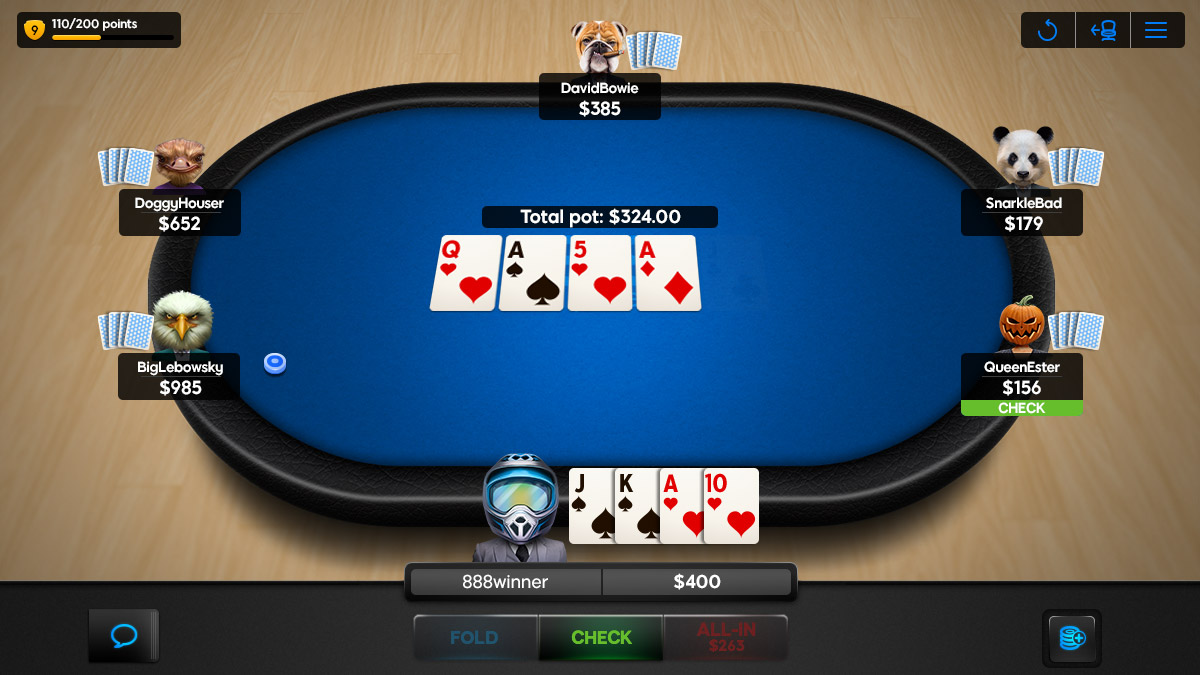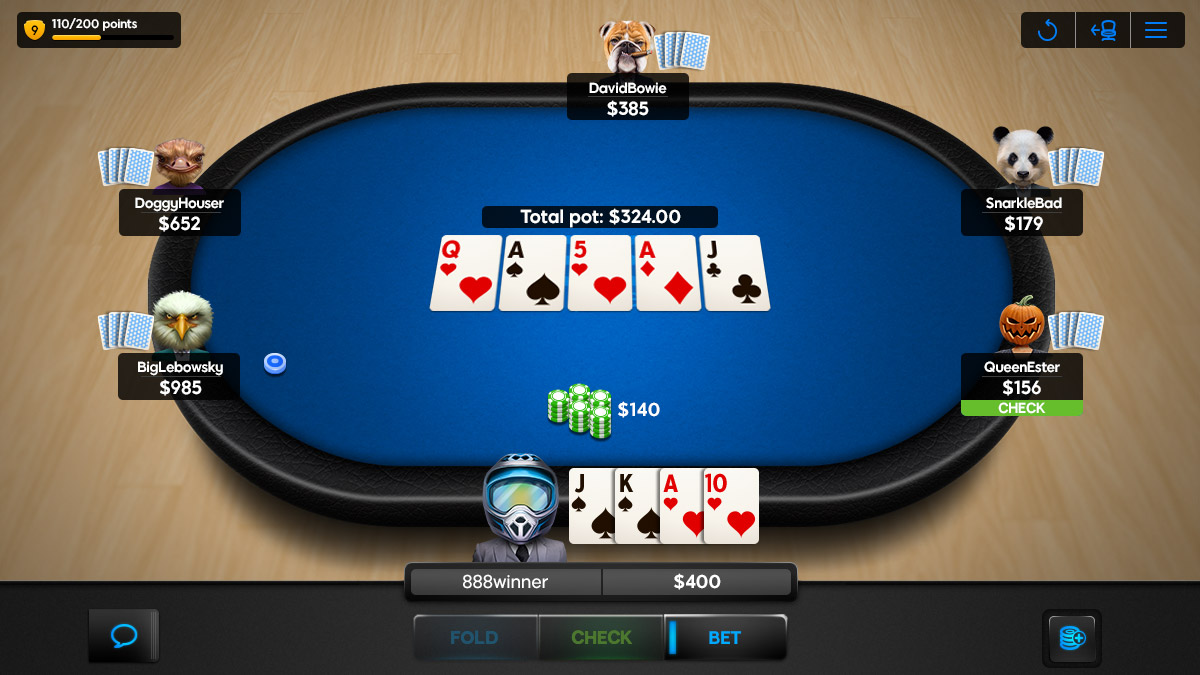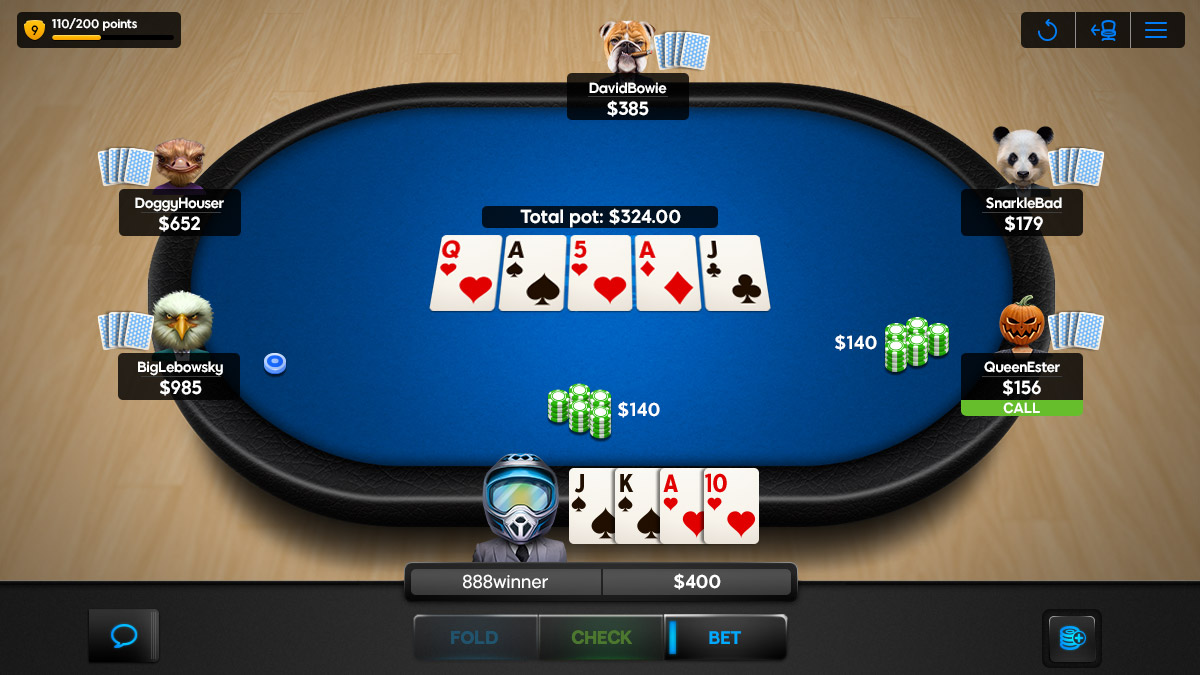How do you play Omaha Hi poker?
In every round, players are dealt four hole cards. Following each of the four betting rounds, additional community cards are distributed. To form their best hand, players must combine two of their hole cards with three community cards. The game concludes once the final round ends and the remaining players display their cards. pre-flop , flop , turn and river What are considered the ideal starting hands in Omaha Hi?
Generally, these encompass high pairs or well-coordinated cards that can create robust draws, such as A-A-K-K suited pairs, A-A-J-T suited pairs, or K-K-Q-Q suited combinations.
In Omaha Hi, betting proceeds in a clockwise direction. Each player has the option to
How do you bet in Omaha Hi poker?
How does the dealer button function in Omaha Hi poker? check , bet , call , raise or fold .
The dealer button rotates in a clockwise fashion after every hand, highlighting the dealer for that round. The player seated left of the button places the small blind, while the next player to the left posts the big blind. The button also decides the order of betting and card dealing.
What distinguishes Pot-Limit from Limit Omaha Hi?
Pot-Limit Omaha (PLO) is recognized for being a more aggressive format. Players have the flexibility to wager any amount up to the pot size. In contrast, Limit Omaha Hi is more restrained, featuring fixed betting amounts and stringent limits on the number of raises allowed during each betting round.
How does live Omaha Hi poker differ from its online counterpart?
The online variant is often faster-paced, allowing players to engage with multiple tables simultaneously. Additionally, it's common to encounter more inexperienced poker players in online settings compared to live games.
Online poker How can you gauge your opponents in online Omaha Hi poker without the benefit of physical cues?
In the absence of physical tells while playing online, players must depend on betting habits and timing cues, which reveal how long it takes an opponent to act. Relevant chat behavior can also provide additional insights.
Pot Limit Omaha (Omaha-Hi) Surpasses Hold'em!
